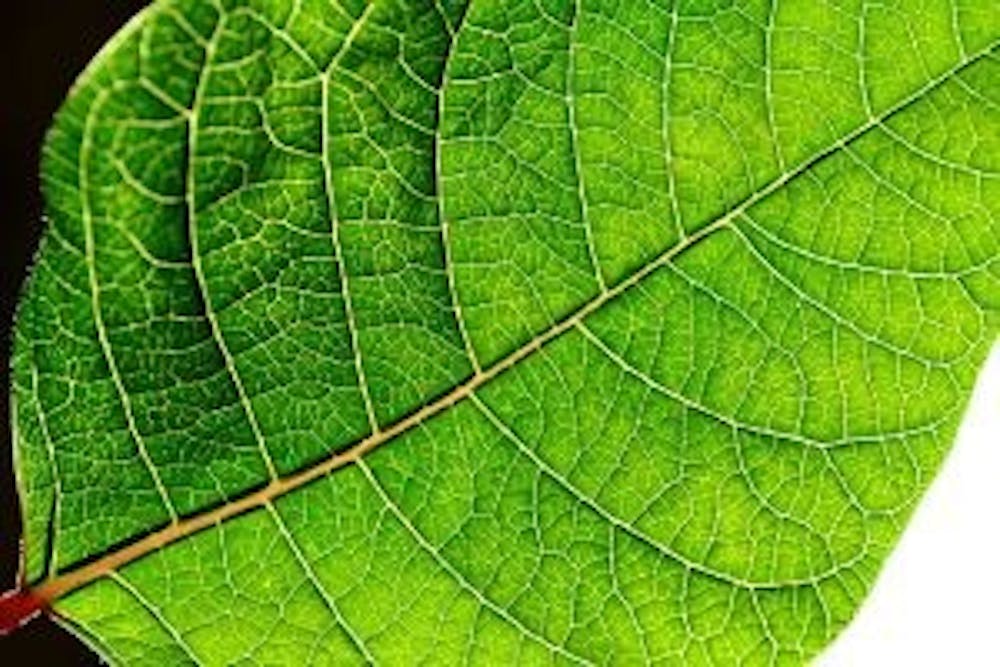BY JESS CARNEY
Some might say that photosynthesis is nature’s greatest achievement, since life as we know it would not exist without this process. Using only sunlight, water and carbon dioxide, the system is elegant and efficient, but can it be replicated? Scientists from Caltech’s Joint Center for Artificial Photosynthesis (JCAP), working with the United States Department of Energy (DOE) Energy Innovation Hub, decided to find out.
Photosynthesis is the way in which organisms convert light energy from the sun into chemical energy in the form of glucose, which they then use as fuel. The researchers set out to see if they could use it to solve the problem of generating and storing renewable energy, the most significant issue in creating cost-effective clean energy.
Because renewable energy, such as solar or wind energy, is inconsistent and difficult to transport, it is hard to compete with traditional fossil fuel sources. The scientists figured that replicating photosynthesis might be the solution, so they created the JCAP in 2010, and, together with the Energy Innovation Hub, have been working on it since then.
All of the hard work seems to have paid off, as the scientists made a major breakthrough, which they reported in a recent publication. The study, called, “Artificial leaf harnesses sunlight for efficient fuel production”, was released in the August 24 issue of Energy and Environmental Science. Nate Lewis, George L. Argyros Professor of Chemistry at CalTech and scientific director of JCAP and Howard Hughes Professor of Applied Physics and Materials Science at Caltech and director of JCAP Harry Atwater jointly led the study.
“This new system shatters all of the combined safety, performance and stability records for artificial leaf technology by factors of five to 10 or more,” Lewis said in the press release.
The prototype system they created converts 10 percent of the energy in sunlight to chemical fuel, is only one square centimeter in area and can run continuously for over 40 hours.
Lewis continued, “This... was a milestone for the entire five years of JCAP as a whole and not only have we achieved this goal, we also achieved it on time and on budget.”
The system is made of two electrodes and a membrane; the photoanode oxidizes water molecules with sunlight, creating protons and electrons and then the photocathode combines the protons and electrons to create hydrogen gas while the membrane keeps the oxygen and hydrogen gasses separate to prevent ignition.
Hydrogen can be used similarly to fossil fuels. As a result, this system alleviates many of the typical storage and distribution problems associated with renewable energy. Although the benefits of hydrogen fuel are already well-known, traditional methods of creating it require large amounts of energy and create pollutants.
Atwater felt that the accomplishment was made possible due to a cooperative effort.
“The device reported here grew out of a multi-year, large-scale effort to define the design and materials components needed for an integrated solar fuels generator,” Atwater said in the press release.
Although more research is needed to perfect the system, the scientists expressed excitement about what the future holds.
“Our work shows that it is indeed possible to produce fuels from sunlight safely and efficiently in an integrated system with inexpensive components,” Lewis said. “Of course, we still have work to do to extend the lifetime of the system and to develop methods for cost-effectively manufacturing full systems, both of which are in progress.”
So, while nature may still be the ideal standard for efficiently generating clean energy, humans seem to be getting close.





